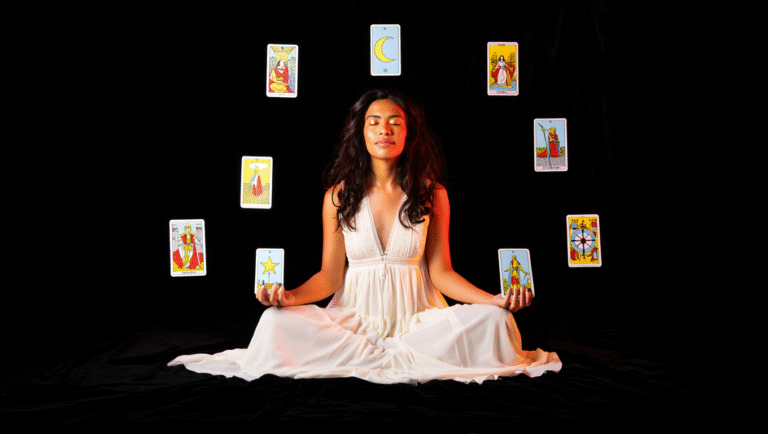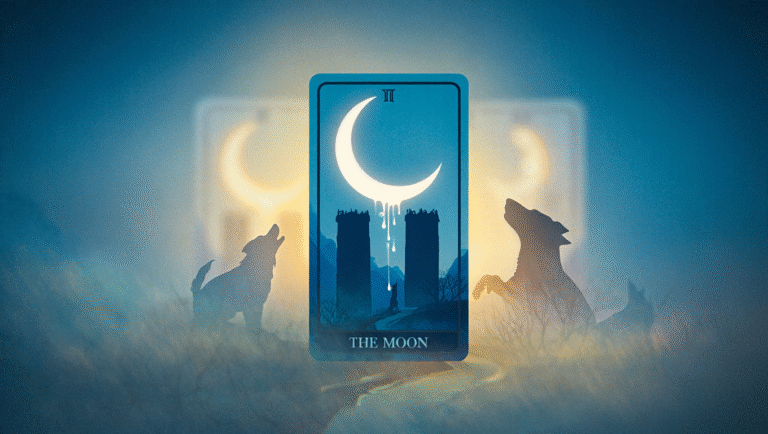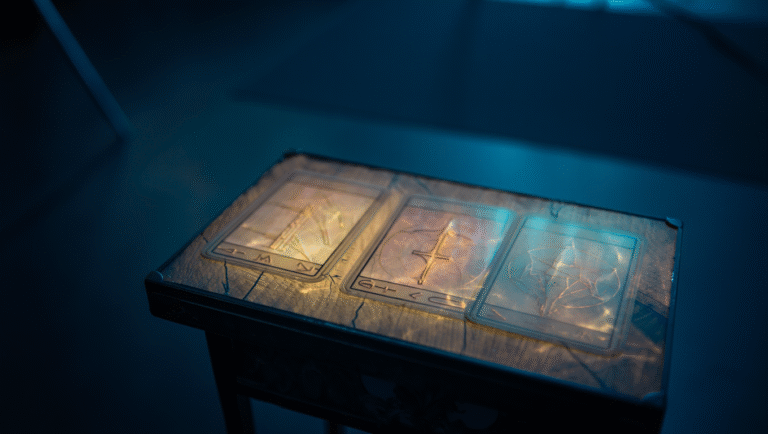Different Types of Tarot Decks
When you decide to buy your first tarot deck—or your fifth—it’s easy to get overwhelmed by the sheer number of options. There’s a reason for that: Tarot has a long, fascinating history, and today you’ll find decks ranging from the classic to the ultra-modern, each with their own visual style, symbolism, and “vibe.” So, how do you choose? And what’s the difference between a Rider-Waite deck and a Thoth, or between a Marseille and a new indie deck you saw on Instagram?
Context: Why Deck Styles Matter
Tarot isn’t just about pretty cards. The deck style affects how you learn, interpret, and connect with the cards. Some decks are rooted in traditional symbolism; others offer a fresh, accessible take for modern readers. Picking the right deck can make tarot feel intuitive—or like you’re reading instructions in a foreign language.
“When I started with tarot, I assumed a deck was a deck. I quickly learned: the pictures, the feel, even the card stock makes a difference. I wish someone had broken it down for me!”
Key Deck Families: The Essentials
- Rider-Waite-Smith (RWS): The most popular and beginner-friendly. Illustrated by Pamela Colman Smith in 1909, it’s the basis for 80% of modern decks.
- Thoth: Created by Aleister Crowley and Lady Frieda Harris, it’s complex, symbolic, and popular among advanced readers.
- Marseille: Older, with simple pip cards (non-court, non-major arcana) and minimal illustration. Loved by traditionalists.
- Modern/Indie Decks: New interpretations, diverse art styles, inclusive imagery, sometimes with unique systems or themes.
Case Study: Choosing My First Deck
When I first started, I grabbed a random deck just because it looked pretty. It turned out to be a Marseille-style deck. As a beginner, I was totally lost—the minor arcana cards had no scenes, just arrangements of cups and swords. I soon switched to the classic Rider-Waite-Smith, and everything clicked. Years later, I appreciate Marseille for the history, but RWS is still my daily driver.
Step-by-Step: Find Your Tarot Match in 15 Minutes
-
Set Your Intention (2 minutes)
- Are you learning tarot? Want to collect art? Looking for a meditation aid?
-
Pick Your Deck Family (3 minutes)
- RWS: Great for learning, tons of resources available.
- Thoth: For symbolism lovers, astrology buffs, or those who like a challenge.
- Marseille: For history fans, minimalists, or those interested in numerology-based reading.
- Modern/Indie: If you want diverse representation, unique art, or a fresh approach.
-
Preview the Artwork (5 minutes)
- Search images online. Imagine using the cards daily—does the style inspire or distract you?
-
Check Card Quality (2 minutes)
- Read reviews for details on cardstock, size, and durability.
-
Buy or Try Online (3 minutes)
- Consider physical vs. digital decks. Some apps let you test decks first.
Quick Comparison: The Main Tarot Deck Types
| Name | Key Feature | Size/Material | Price Range | Amazon Link |
|---|---|---|---|---|
| Rider-Waite-Smith | Classic, detailed scenes, best for beginners | Standard (2.75” x 4.75”), cardstock | $15–$30 | Check price on Amazon |
| Thoth | Astrological, symbolic, rich colors | Slightly larger than RWS, sturdy card, glossy | $20–$40 | See today’s deal |
| Marseille | Historic, minimalist pip cards | Classic European size, linen finish | $10–$35 | View on Amazon |
| Modern Indie Deck | Diverse, creative artwork, unique systems | Varies (often larger, premium materials) | $35–$60+ | Browse indie decks |
Pros & Cons: What’s Right for You?
- RWS:
- Pros: Beginner-friendly, lots of books/resources, almost universal.
- Cons: Art can feel dated or eurocentric to some.
- Best for: Beginners, anyone wanting to learn traditional tarot.
- Thoth:
- Pros: Deep symbolism, great for astrology/Kabbalah fans.
- Cons: Steep learning curve, some controversial history.
- Best for: Advanced readers, symbolism lovers.
- Marseille:
- Pros: Historic, great for intuitive reading, minimalist.
- Cons: Lacks scenes in minor arcana, harder for beginners.
- Best for: History buffs, numerology fans, minimalists.
- Modern/Indie:
- Pros: Inclusive, fresh art, often supports small creators.
- Cons: Can be pricier, may stray from traditional meanings.
- Best for: Collectors, those seeking diversity or unique art.
15-Minute Ritual: Deck Interview Spread
Once you have your deck, try this simple “interview” to get acquainted.
- Materials: Your new tarot deck, notebook (optional), quiet space.
- Time: 15 minutes
- Steps:
- Shuffle your deck while focusing on your intention (e.g., “How will we work together?”).
- Draw six cards, laying them out in a row.
- Ask:
- What are your strengths?
- What are your limitations?
- What can you teach me?
- How can I best learn from you?
- What’s our potential together?
- Final message?
- Read each card, jot down your first impressions. No pressure for “perfect” answers!
Top Tools & Resources
- Labyrinthos Tarot App – Free digital deck and learning tool
- Biddy Tarot Guidebook – Clear, modern interpretations
- Tarot of Marseille on Amazon – Classic Marseille deck
- Modern Witch Tarot Deck – Best-selling inclusive RWS variation
Checklist: What to Consider Before Buying
- Deck style: RWS, Thoth, Marseille, or Modern?
- Artwork: Inspiring, easy to interpret, inclusive?
- Card quality: Reviews mention shuffling, durability?
- Guidebook: Is it clear and helpful?
- Budget: Are you okay splurging for indie art?
- Reviews: What do other buyers say?
Pro tip: Trust your gut. If a deck sparks excitement, it’s probably the right one!
Ready to shop? Check out the decks above, or browse more options on Amazon.
Some links above may be affiliate links. You pay the same price, but this blog may earn a small commission to support content like this.




